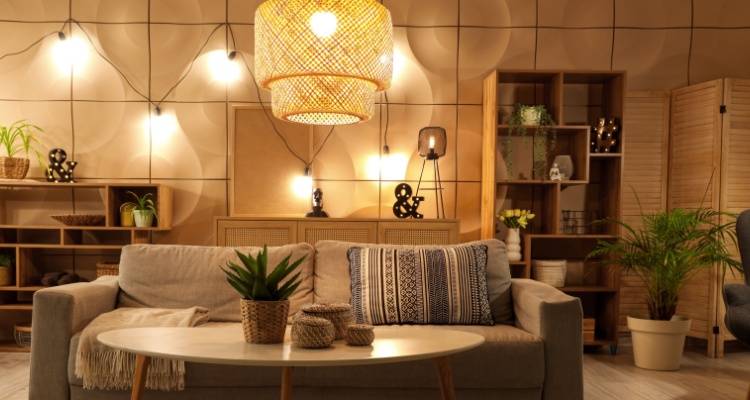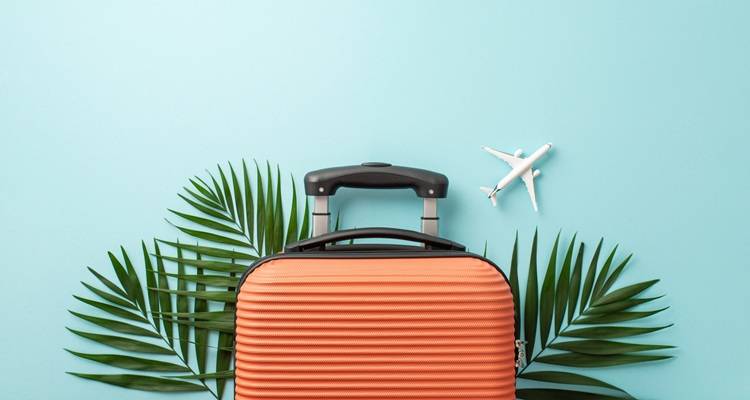Bonfire Night Treats & Keep Safe
With Bonfire Night soon upon us, it’s important to consider the key steps to keep safe while having a good time. Also, if you’re hosting a Bonfire Night party or simply looking for ways to celebrate it well with others, you should consider treats and planning to enjoy the festivities.
Without further ado, here are the treats to consider and how to keep safe on Bonfire Night 2023.

Bonfire Night Treats Ideas
Starting with treats, here are some delicacies, titbits and goodies to consider for Bonfire Night 2023, whether you’re hosting it or not:*
- Apple Tart
- Bonfire Toffee
- Pumpkin Spice Scones
- Banoffee s’mores
- Homemade Toffee Apples
- Apple and Berry Granola Layers
- Toffee popcorn park
- Banana and cinnamon rolls

As for cooked meals, you may prefer to consider ideas like:
- Hasselback squash
- Turkey chilli
- Cauliflower and squash curry
- Spicy butternut squash soup
- Turkey pad thai
*Be sure to consider any treats/food items that some may be allergic to (e.g. you’ll want to check with visitor’s potential allergies ahead of hosting a Bonfire Night party, particularly those prone to anaphylactic shock, in which case you’d need to leave certain ingredients out entirely).
How to Keep Safe This Bonfire Night
Safety is essential on bonfire night to prevent any injuries or worse. Let’s look at all the key steps to ensure you and others remain safe. The following advice can apply whether you’re organising a Bonfire Night party or/and an actual bonfire.

However, you should still heed this advice in general to keep you and anyone under your care safe on Bonfire Night.
Planning a Bonfire Night Carefully
Here are some of the top points to consider when planning an organised Bonfire Night:
- Make sure that the bonfire being built is constructed carefully and totally stable.
- Chat with neighbours ahead of planning a bonfire.
- You can use certain items for a bonfire, specifically untreated and unpainted wood, cardboard, leaves, and paper.
- Be sure the bonfire being made is away from trees, wildlife and any type of structure to prevent fire from spreading.
- The logic above also applies to anything else that could catch fire from the bonfire, allowing the fire to spread.
- On the night itself, factor in the direction the wind is blowing so that you can prevent the risk of spreading to nearby wildlife areas of households.
- It’s also important that a bonfire does not prove a statutory nuisance. This means it cannot conceal a person’s view in their garden. Further, the bonfire cannot cause smoke to cause issues in a household, such as by meaning they cannot open their windows without the smell of smoke entering.
- Keep an eye out for cables (e.g. electricity wires), as you cannot set up a bonfire beneath these.
- Lastly, a suitable barrier must be set up around the bonfire, ensuring that those enjoying the bonfire will not get within 5 metres of the bonfire, although it’s best to make the barrier wider (e.g. 7-10 metres from the bonfire).
Keeping Safe at the Bonfire

Just as it’s important to be safe when planning a bonfire for Bonfire Night, there are various safety measures/steps to consider for Bonfire night itself, including:
- Do not light your bonfire with petrol, diesel, paraffin, methylated spirit or white spirit. You cannot use any of these to enhance the bonfire either.
- Have buckets of water on hand when at a bonfire. You could use these to put out a fire if it suddenly began spreading.
- Do not use tyres, aerosols, canisters, batteries or anything with paint or foam in your bonfire. Also, when it comes to paint, you should avoid even wood that is painted or treated.
- Be ready to dampen your bonfire if you notice the smoke beginning to head toward households, such as when the wind changes direction. Ultimately, monitor your bonfire and the strength and direction of the smoke throughout the notice to ensure it isn’t gradually becoming a nuisance for wildlife and/or residents.
Safety Considerations for Children and Animals
When it comes to children, consider the following points for preparations and the bonfire night itself:
- Make sure no children are among the bonfire material when lighting the bonfire on the night. It’s essential to double and triple-check this safely.
- Children should have their parent’s or guardian's phone numbers in case they go missing on Bonfire Night. Also, the parents/guardians should arrange a meet-up point with kids in case they go missing too.
- Children and adults alike should bring torches with them.
- Do not give sparklers to kids under the age of five. Also, whether it be a 7-year-old child or an adult, an individual should wear gloves when handling a sparkler either way.

As for keeping animals safe and sound (both pets and wildlife), take the following points on board:
- Make sure no animals are among the bonfire material when lighting the bonfire on the night of Bonfire Night (e.g. hedgehogs might turn a bonfire into their home, so make absolutely sure no one, human or non-human, is hiding inside before lighting).
- Also, if you have pets, keep them inside on Bonfire Night and ensure there are no open exit points at your home, such as windows and doors.
- If your pet(s) are particularly prone to anxiety due to fireworks on Bonfire Night, you’ll at least want to make sure someone stays with them throughout the night. For pets who cannot be calmed down, the vet may prescribe a short-lasting sedative, although this is not a long-term fix for helping lower a pet's all-around anxiety.
How to Put Out a Bonfire
Take the two broad following steps when finished with the bonfire:
- Spray the bonfire using water to start putting it out. Wait until it has cooled down enough prior to leaving. You want to make absolutely sure it cannot relight from any hot embers. This means visually inspecting the area (and using a torch or two if needed) and using common sense to evaluate the area.
- Next, rake the ashes into the soil before, when it is completely cooled down, carefully dispose of materials with gloves and wash your hands well after with soap. You can send materials to compost or recycling, depending on what’s been used. If in doubt, contact your local council.
Other Safety Notes

Here are some additional points to consider to keep safe on Bonfire Night:
- Only use legal fireworks from a reputable retailer. If based in England, Scotland or Wales, fireworks need to feature UKCA marking or CE marking before UKCA was implemented. Alternatively, the fireworks should have specific documents with the marking if they do not have the marking on them directly.
- Also, be certain to follow the manufacturer’s instructions very closely. Follow all safety guidance to a T.
- The fireworks purchased must be suited to the area being launched from.
- Do not have any naked flames close to the fireworks.
- Always point fireworks in a safe and suitable direction before lighting them.
- All legal fireworks that have the British Standard number BS 7114, marking Buy fireworks that are suitable to their launch area (e.g. for use in a garden; certain fireworks will be better suited based on the size of your garden)








